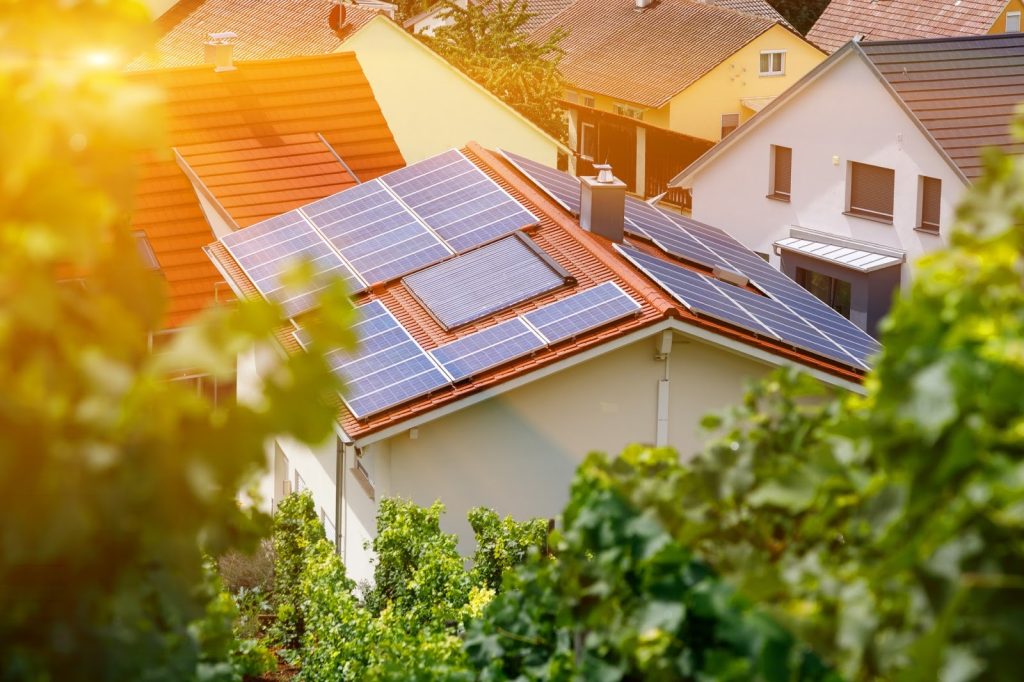
As energy prices continue to rise worldwide, more homeowners and businesses are actively searching for long-term solutions that offer stability, savings, and sustainability. One option that has rapidly gained popularity is the Power Purchase Agreement (PPA), a financing model that allows you to use solar energy without buying a solar system upfront. At the heart of every PPA is a critical factor: solar ppa rates. Understanding how these rates work—and what influences them—can help you lock in affordable clean energy for many years.
What Are Solar PPAs and Why Do Rates Matter?
A Solar Power Purchase Agreement allows a third-party provider to install and maintain a solar energy system on your property at no upfront cost. You simply pay for the electricity it generates at a fixed or variable rate. These solar ppa rates determine how much you save over time compared to standard utility electricity prices.
Instead of absorbing the full cost of panels, installation, and maintenance, customers benefit from predictable pricing and reduced energy bills. Because the agreement typically lasts 10–25 years, even small differences in solar ppa rates can significantly impact long-term savings.
How Solar PPA Rates Are Structured
Most PPAs charge per kilowatt-hour (kWh). While utility rates fluctuate due to fuel costs, grid demand, and policy changes, solar ppa rates remain stable or follow a predictable increase. This stability is one of the biggest reasons PPAs appeal to cost-conscious consumers.
Generally, PPA pricing models fall into two categories:
- Fixed Rate Model
You pay the same rate for electricity throughout the contract. This model protects you from rising energy costs. - Escalating Rate Model
Rates increase at a predetermined annual percentage—usually between 1–3%. Although your payment rises, it often remains lower than utility rate increases.
In both cases, solar ppa rates are designed to give you consistent value while ensuring the provider can maintain the system properly.
Key Factors That Influence Solar PPA Rates
To get the best savings, it’s important to understand what affects pricing. The top factors include:
- System Size & Energy Output
Larger systems may offer lower solar ppa rates because they produce more energy over time. - Local Utility Prices
If your utility electricity is expensive, providers can offer more competitive PPA pricing. - Roof Condition & Installation Complexity
More complicated installations may slightly affect the final solar ppa rates offered. - Length of Contract
Longer contracts often come with lower rates because the provider recovers costs slowly over many years. - Your Credit Profile
Some providers evaluate financial stability to determine your eligibility and pricing.
The more you understand these variables, the easier it will be to compare solar ppa rates and choose the option that delivers maximum returns.
Comparing Solar PPA Rates vs. Utility Rates
One of the biggest advantages of solar PPAs is cost predictability. Traditional utility bills can spike unexpectedly, especially during peak demand seasons. In contrast, solar ppa rates give you a clear long-term cost structure.
Here’s why this matters:
- Utility companies are influenced by fuel prices, infrastructure upgrades, and regulatory fees.
- Solar energy production cost remains stable because sunlight is free.
- PPAs remove financial and operational risks by shifting responsibility to the provider.
When you compare both options side-by-side, solar ppa rates often provide immediate savings and significantly better value over time.
How to Evaluate a Solar PPA for Maximum Long-Term Savings
Choosing the right PPA requires more than just looking at the rate. Here’s what you should consider:
1. The Escalator Clause
Check if the solar ppa rates increase each year. If your utility bills grow faster than the escalator, you still save money.
2. Contract Term
A longer contract can provide better pricing but consider how long you plan to stay on the property.
3. Buyout Options
Some PPAs let you purchase the system after a few years. If the buyout terms are favorable, this can boost your long-term return.
4. Performance Guarantees
A good agreement includes minimum energy production guarantees, ensuring you get the value you’re paying for.
How Solar PPA Rates Create Long-Term Financial Benefits
The biggest advantage of solar ppa rates is long-term cost control. Instead of unpredictable utility bills, PPAs give you stable or semi-predictable pricing for decades. Over a 20-year period, this stability can save families and businesses thousands of pounds or dollars.
Other long-term benefits include:
- No maintenance costs: The provider handles monitoring, repairs, and cleaning.
- Reduced carbon footprint: Your energy is clean and renewable.
- Improved budgeting: Fixed or predictable monthly costs make financial planning easier.
- Property value boost: Homes with solar access often attract more buyers.
When you add these factors together, PPAs become one of the simplest ways to adopt renewable energy without financial stress.
Who Benefits Most From Solar PPA Rates?
Solar PPAs are ideal for:
- Homeowners who want solar without paying upfront
- Commercial buildings seeking long-term utility savings
- Schools and nonprofits looking for predictable budgeting
- Renters in long-term leases (with landlord approval)
Anyone who wants lower monthly bills and guaranteed energy costs will benefit from competitive solar ppa rates.
Final Thoughts
PPAs have transformed the way people adopt solar energy, offering an accessible, zero-upfront-cost solution that creates long-term financial stability. By understanding how solar ppa rates work, what influences them, and how to compare available offers, you can confidently choose an agreement that maximises savings for many years. Whether you’re a homeowner, business owner, or property manager, the right PPA can lock in affordable renewable energy and protect you against rising electricity costs.
